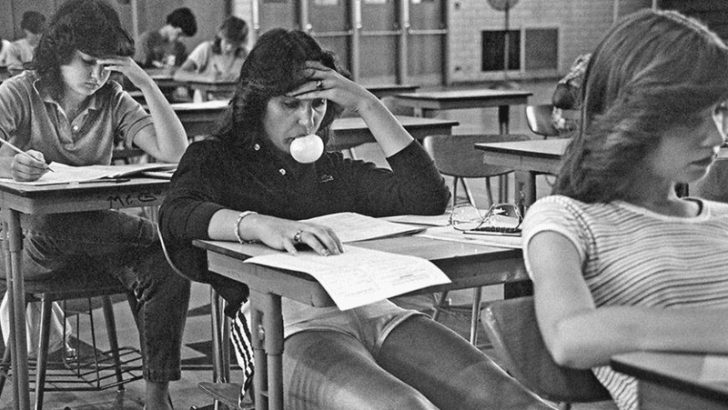Back in the mid-20th century, schools offered an array of subjects that molded students into well-rounded individuals. These classes weren’t just about rote learning; they provided practical skills and life lessons that many remember fondly. Over the years, education systems have shifted focus, leaving behind a treasure trove of classes that once defined an era.
Today, as curriculums evolve to meet modern demands, it’s intriguing to explore these vintage subjects that shaped generations. Let’s take a nostalgic journey through the 12 classes that were staples in Boomer education but have since disappeared from school halls.
1. Home Economics
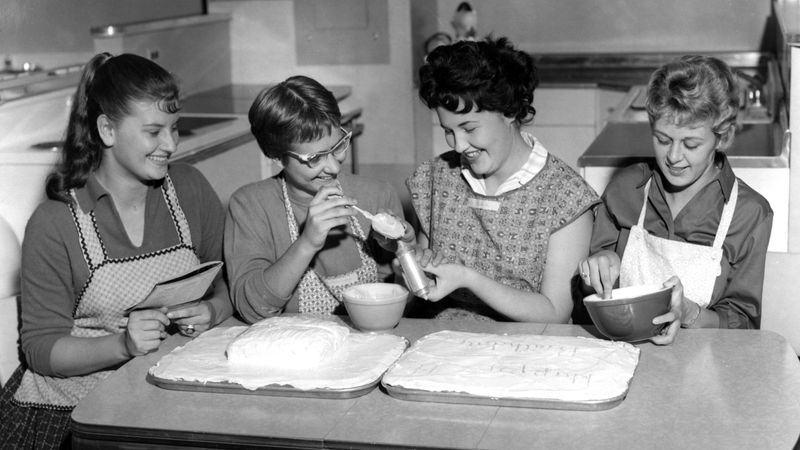
Home Economics taught essential skills like cooking, sewing, and budgeting, preparing students for household management. This class was a staple for many, especially young women, instilling confidence in managing a home. It wasn’t just about skills; it fostered creativity and independence. Students learned to plan meals, understand nutrition, and even handle finances, which are invaluable life skills. Despite its practical nature, Home Economics faded as curriculums pivoted towards academic subjects. The class also encouraged teamwork, as students often worked in groups to complete projects, fostering collaboration. Though it’s rare today, its impact on past generations remains significant.
2. Typing Class
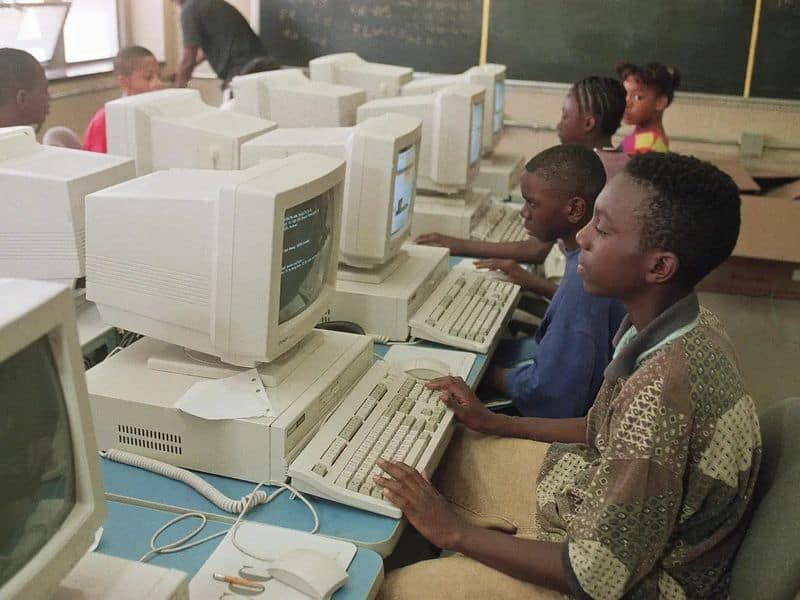
Before computers dominated, typing classes were essential for mastering the QWERTY keyboard. These classes emphasized speed and accuracy, crucial skills for office work. Students practiced on typewriters, learning touch typing without looking at keys. This skill ensured that students could efficiently handle office tasks, making them job-ready. The sound of typewriters clattering in unison was a hallmark of these classes. While computers replaced typewriters, the foundation laid by typing classes remains relevant. The discipline and finger dexterity learned here transitioned seamlessly to modern keyboards, proving that even outdated skills can adapt to new technologies.
3. Woodshop
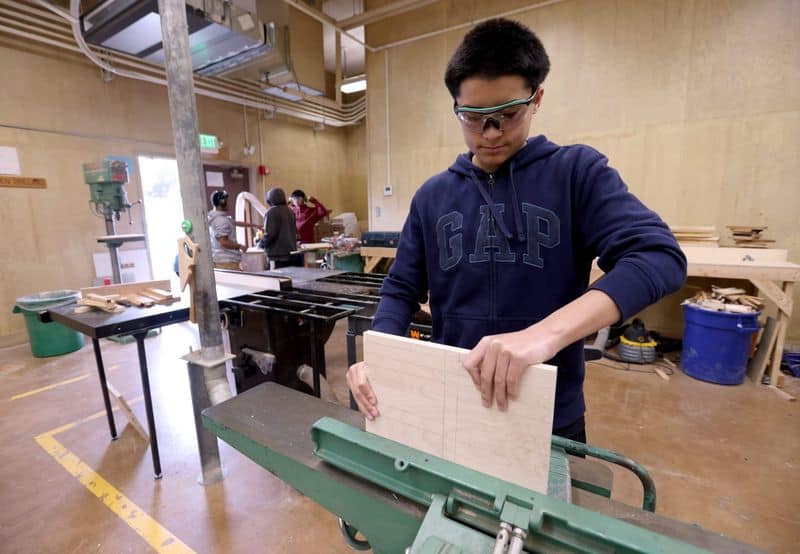
Woodshop offered hands-on experience with woodworking tools, teaching students to create with their hands. This class was often popular among boys, fostering creativity and problem-solving. Students learned to measure, cut, and assemble wood, skills that translate to various trades. Safety was paramount, as students used saws, drills, and other equipment. These practical skills built confidence and sometimes inspired careers in craftsmanship. Although woodshop is less common today, its emphasis on manual skills and project completion remains valuable. For many, it was a first taste of engineering and design, sparking interest in how things are made.
4. Auto Mechanics

Auto mechanics classes provided students with a hands-on understanding of car maintenance and repair. This was a vital skill when personal transportation became widespread. Students learned to identify engine parts, diagnose issues, and perform basic repairs. These classes were practical and engaging, offering real-world applications. For many, it was an introduction to mechanical engineering, fostering interest in automotive industries. Though not common now, the principles taught in auto mechanics remain relevant, especially for those passionate about cars. Understanding vehicle mechanics also empowered students, providing independence and potentially saving on repair costs.
5. Shorthand Writing

Shorthand was once a cornerstone of secretarial education, enabling rapid note-taking. Students learned symbols and abbreviations, capturing information swiftly during lectures. This skill was highly valued in business settings, where speed and accuracy were paramount. Shorthand facilitated quick communication, a vital trait in fast-paced environments. Despite its decline due to digital technologies, shorthand taught succinctness and efficiency. Students developed keen listening skills and attention to detail, valuable across professions. While it’s rare today, the discipline required for mastering shorthand is a testament to its enduring educational value, illustrating the importance of effective communication.
6. Civics Class
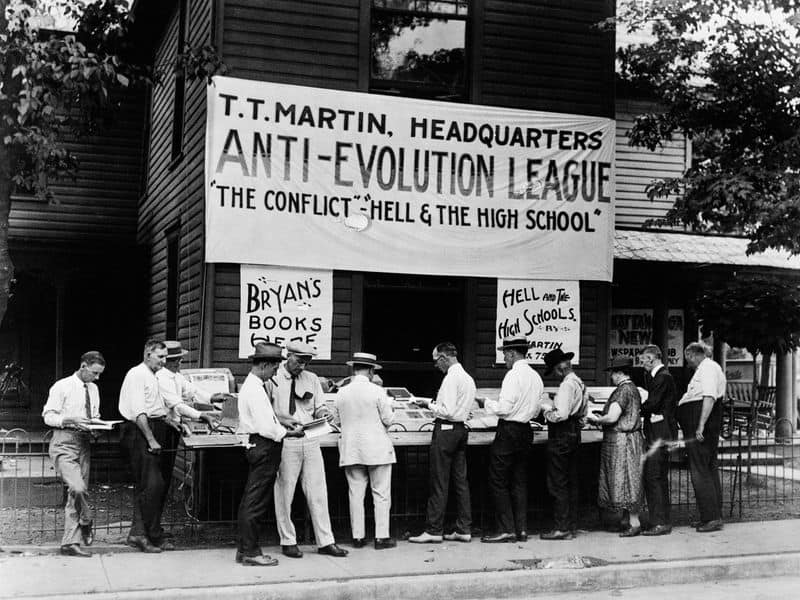
Civics classes educated students on government functions and citizenship responsibilities. They explored political systems, civic duties, and the importance of voting. These classes aimed to produce informed citizens, ready to engage in democratic processes. Through debates and discussions, students learned to articulate opinions and understand diverse perspectives. Civics fostered a sense of civic duty, emphasizing participation in society. While modern curriculums include elements of civics, the depth and focus of past classes have diminished. Despite changes, the foundation civics laid for responsible citizenship remains critical, highlighting the role of education in shaping societal values.
7. Penmanship

Penmanship classes emphasized the art of handwriting, focusing on cursive. Students practiced forming letters beautifully and legibly, a skill admired in professional settings. This was more than writing; it was about expression and style. Penmanship improved fine motor skills and attention to detail. With the rise of digital communication, the need for perfect penmanship diminished. However, the discipline and creativity it fostered remain valuable. Writing by hand is a personal touch, often lost in digital interactions. Penmanship classes instilled pride in one’s work and showcased the unique individuality of each person’s handwriting.
8. Business Math

Business Math taught practical arithmetic for business contexts, including managing finances and understanding interest. Students learned to apply math in real-world scenarios, preparing them for financial responsibilities. This class was crucial for those entering business professions, providing essential skills for managing transactions. Lessons covered percentages, interest rates, and financial planning, equipping students with tools for personal and professional success. Despite its practicality, it’s less common today, replaced by broader math classes. However, Business Math’s focus on everyday applications remains relevant, emphasizing the importance of financial literacy in education. Mastering these skills offers lifelong benefits.
9. Latin
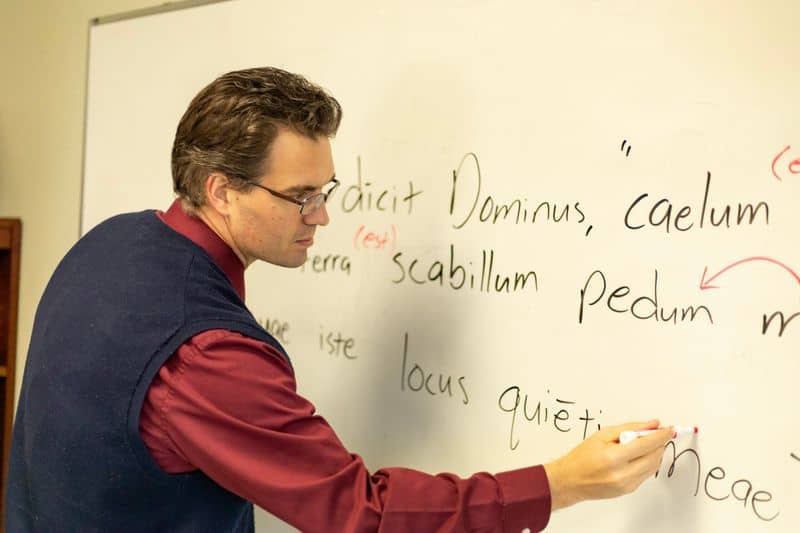
Latin classes offered insights into ancient languages and cultures, enhancing students’ understanding of modern languages and history. Learning Latin developed analytical skills and enriched vocabulary, useful in various fields. This classical language opened doors to literature, law, and science, where Latin terminology prevails. Despite its decline in schools, Latin’s influence on language and thought endures. The rigorous study of Latin promoted discipline and critical thinking, traits valued across disciplines. While modern languages have taken precedence, the intellectual challenge of Latin left a lasting impact on learners, illustrating the timeless value of classical education.
10. Needlework
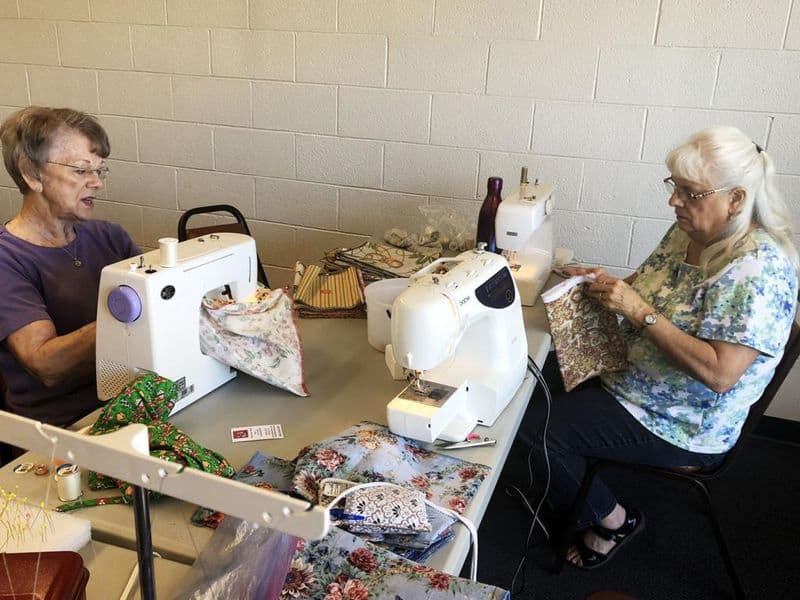
Needlework classes taught sewing and embroidery, skills that encouraged creativity and patience. This class was especially popular among girls, offering a sense of accomplishment. Students learned to create garments and artistic pieces, blending functionality with artistry. While needlework is less common today, the patience and precision it taught remain relevant. This art form allowed students to express themselves through fabric, fostering a connection between creativity and utility. Needlework also provided a practical skill set for garment repair and creation, illustrating the balance between tradition and innovation in education. It remains a valued hobby for many.
11. Metal Shop
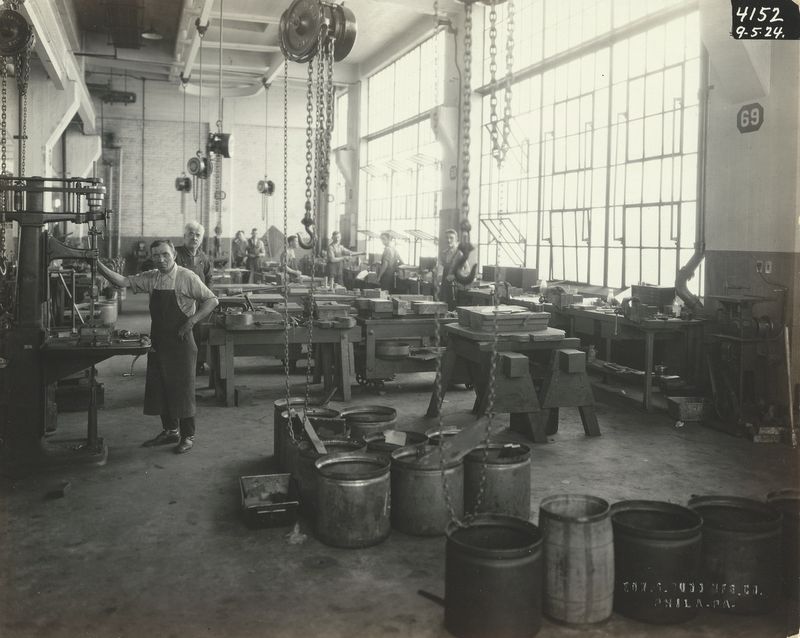
Metal Shop provided students with skills in metalworking, including cutting, welding, and casting. Students crafted projects, learning the properties of metals and safe tool use. This class fostered problem-solving and innovation, encouraging students to design and build. While less common today, the technical skills and creativity it promoted remain valuable. Metal Shop was a playground for aspiring engineers, offering insights into material sciences. The hands-on experience was crucial for understanding the physical aspects of engineering and manufacturing. For many, it was an introduction to industrial arts, sparking interest in STEM fields.
12. Rhetoric and Debate

Rhetoric and Debate classes honed students’ speaking and critical thinking skills. These classes emphasized argumentation, persuasion, and public speaking, preparing students for effective communication. Participants engaged in structured debates, learning to construct arguments and respond thoughtfully. This class improved confidence and articulation, essential for leadership roles. Debate taught students to respect diverse viewpoints and cultivate empathy. Though not as prevalent today, the skills gained from rhetoric classes are timeless, relevant in any profession. These classes instilled a love for discourse, encouraging students to question, analyze, and engage with the world constructively. They remain foundational in developing articulate, informed citizens.

Well, hello there!
My name is Jennifer. Besides being an orthodontist, I am a mother to 3 playful boys. In this motherhood journey, I can say I will never know everything. That’s why I always strive to read a lot, and that’s why I started writing about all the smithereens I came across so that you can have everything in one place! Enjoy and stay positive; you’ve got this!

